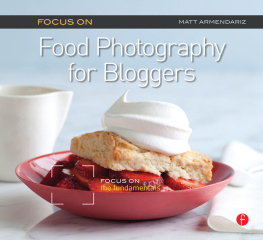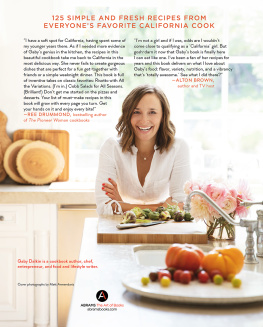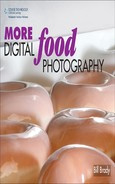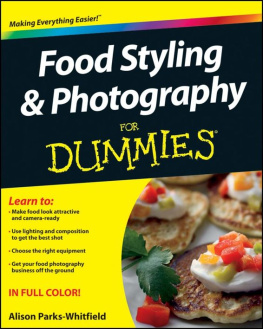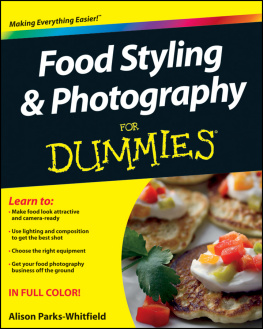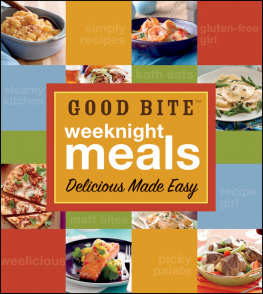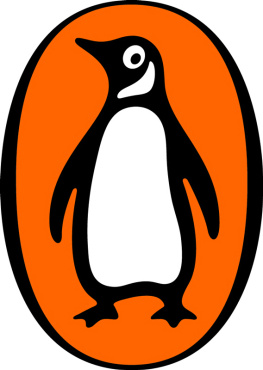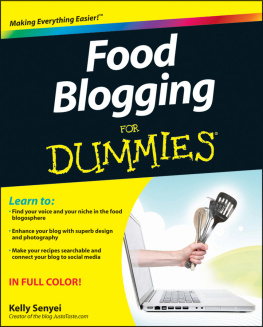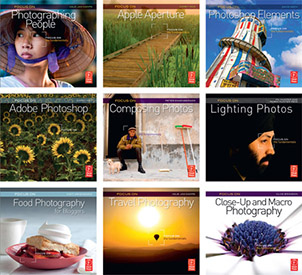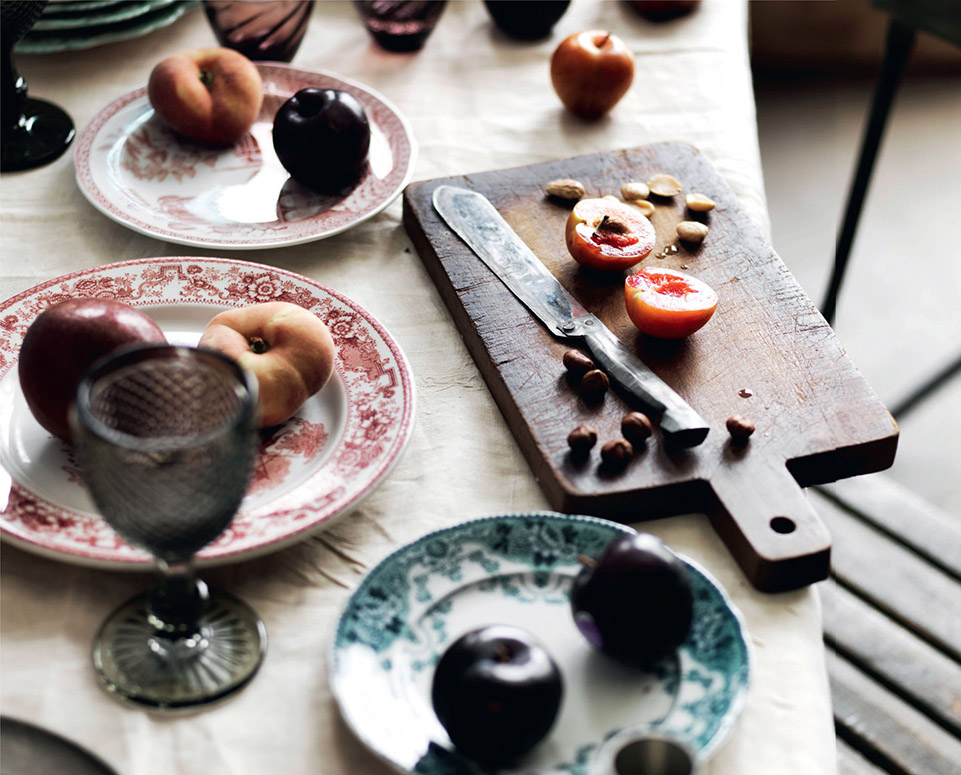Introduction
I began blogging at the end of 2005 as a way to share my experiences of a career in food. At that time I was an art and advertising director in the food industry and found that many of the things I was doing didnt quite fit into the day job. What better way to share them than by starting a food blog? Thats how www.mattbites.com was born. It also became an incubator for my burgeoning interest in food photography. At that point I wasnt a photographer, although I had spent years on photo sets, art directing and producing shoots and working with some amazing photographers. I felt as if all the pieces were there for me to jump into food photography. I just had to do it.
Fast forward to 2012. Ive left the corporate world and entered the photography field full time and couldnt be happier. The visual medium is deeply satisfying to me and encompasses all the things I love: food, color, proportion, shape, storytelling, layout, and light. It allows me to work with amazingly creative people, producing photos for a variety of purposes: to tell a story, to sell something, to explain a process, to share a methodyou name it, Ive done it.
Of course, it hasnt always been easy. Photography is a very big world, and I am still learning. In fact, I dont think any of us ever stop learning when it comes to photography. Its certainly a process, not an end result, especially shooting something as ubiquitous as food. Its something we all share, something were all an expert on (we each know what we like and dislike!), and its something that connects us.
As you read this book, I want you to know that it is not meant as a comprehensive guide to the entire world of food photography. Yes, Ive covered many of the best practices in shooting food that will apply to beginners and advanced folks alike, but all of what I cover is seen through the lens of the food blogger. Theres no need for intimidation or fear if youre starting a food blog and photographing your own food, and I promise I wont confuse you with too many technical aspects either. Consider it a starting point, but remember this: employ many of the best practices seen in this book and theyll be things you carry with you throughout your photographic journey. I hope you enjoy every step of the way.
This book would not have been possible without the friendship and support of so many people: Alexis Hartman, Beryl Cohen, Brooke Burton, Carrie and Andrew Purcell, Cindie Flannigan, Dana Robinson, Dani Fisher, David Lebovitz, Denise Vivaldo, Eddie Vasquez, Gaby Dalkin, Helene Dujardin, Jeff and Susie Kauck, Jessica Goldman, Joe Randazzo, Joel Brown, Maggy Keet, Misha Gravenor, Nikolaos Misafiris, Ray Huerta, Thomas Dawson, Wade and Brittany Hammond, Wade Williams, and Paul Courtright.
I also want to thank Angela Fraser, Deb Puchalla, Caroline Allain, Jan DeLyser, Fabio Fassone, Justin Schwartz, Leah Ross, Linsey Gallagher, Lisa Mattson, Lori Small, Marji Marrow, Mark Peel, Michelle Van Houten, Mory Thomas, Peter Barrett, and Todd Knoll.
To my editor, Stacey Walker, and the team at Focal Press, thank you a million times over. Stacey, what a joy it has been and your positivity is so awesome!
A very special thanks to Kristina Gill for everything you do.
And a super special thanks to Adam Pearson. This book (or me!) could not exist without you.
And to my parents, Ben and Helen, for always believing in me, especially when I was building sets in my bedroom at age seven. You are my world.
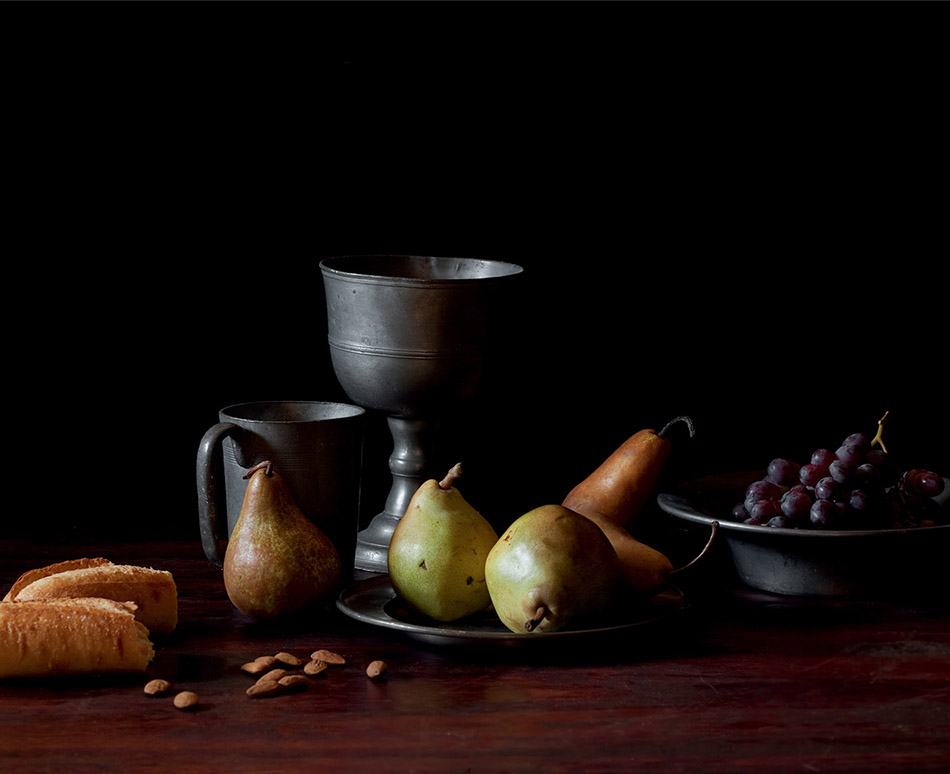
My ode to a still-life food painting, shot digitally.
PART 1:
THE NUTS AND BOLTS
Chapter 1:
A Brief History of Food Photography
For thousands of years, people have been documenting their food through art. The ancient Romans painted beautiful still-life images while artists throughout centuries have been painting markets, hunts, and religious ceremonies all centered around food.
The invention of photography changed the way people looked at food. No longer only painted in oils on canvas or sketched with pen and ink, food began to appear in photographs at the beginning of the 19th century. As reported by the New York Times, the first reported photograph of food was created by Joseph Nicphore Nipce in 1832. His black-and-white still life of a bowl, bread, and goblet set the stage for a new world of food images.

